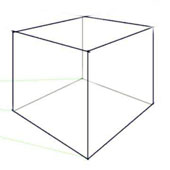Product Sketching:
Product sketching or Object drawing is essential for the representation of 3D objects.
It is a 2D representation of a 3D object or objects for the purpose of communication of a designer’s visualization. It may utilize various media ranging from pencils, pastels to sketch pens, markers and digital media such as photoshop, as elucidated in Figs: 1, 2 & 3 below.
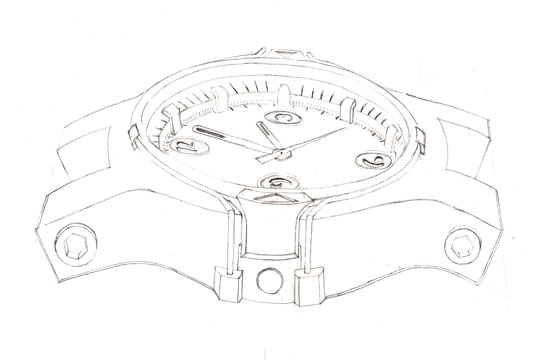
Fig. 1: A wrist watch case detail in pencil.
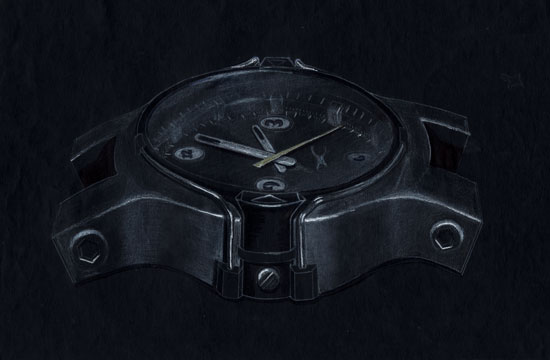
Fig. 2: A wrist watch case detail rendered in colour pencils.
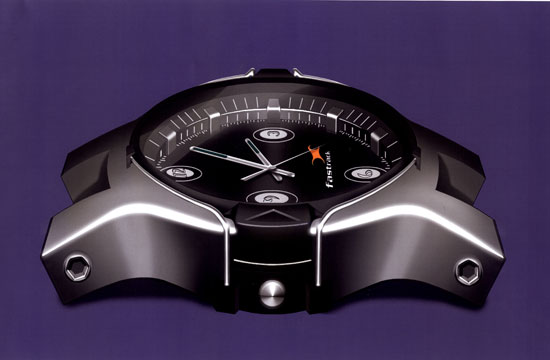
Fig. 3: A wrist watch case detail rendered in photoshop.
What makes for a good product sketching?
• It communicates
• It is proportionate
• It looks three-dimensional
• It resembles the real object or product concept.
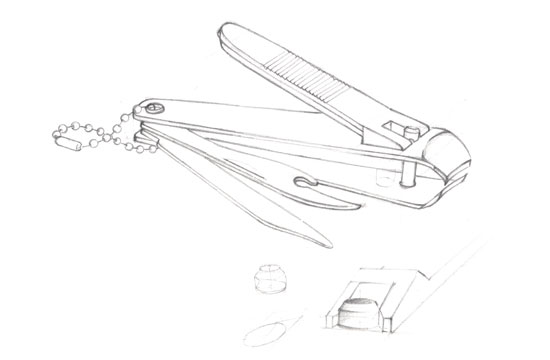
Fig. 4: Notice how this nail cutter is depicted simply, yet efficiently.
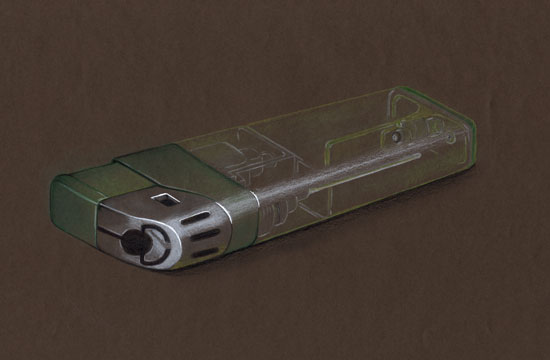
Fig. 5: Note the cigarette lighter’s transparent body that has been well represented through appropriate highlights.
As we take you through the course, you will gradually grasp an understanding of how best you can communicate your ideas through a sketch in the most appropriate way.
Do-it-yourself:
This do-it-yourself module on Product Sketching will take you through:
• Methods of pencil drawing, through exercises to coordinate eye and hand movements to acquire necessary skills to improve the quality of line drawing
• Drawing in perspective, i.e. one point and two point perspectives
• Drawing by looking at objects in correct perspective and proportions
• Drawing objects from memory with correct perspective and proportions
• Drawing of shadows for objects
• Drawing of highlights for objects
Note:
Here is a short checklist of the essential tools that you will need to do the Exercises mentioned within the chapters.
(1) Paper: Regular A3/ Drawing Sheets.
(2) Stationery: Pencils: HB,2B,4B,6B, etc. Soft pencils are preferred. For the latter exercises on object rendering, pencil colours, dry pastels, or crayons will be necessary.
(3) Posture: Remember to keep the drawing surface perpendicular to the eyes to ensure correctly proportioned sketches.
